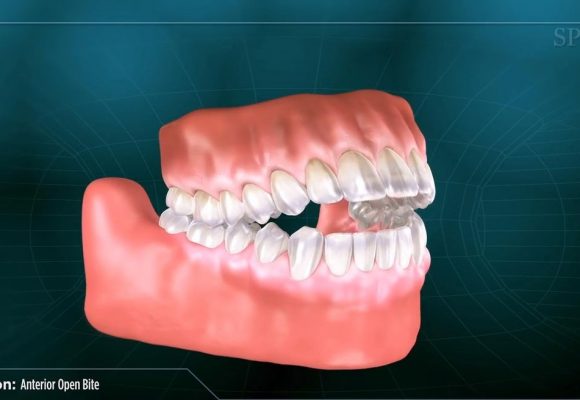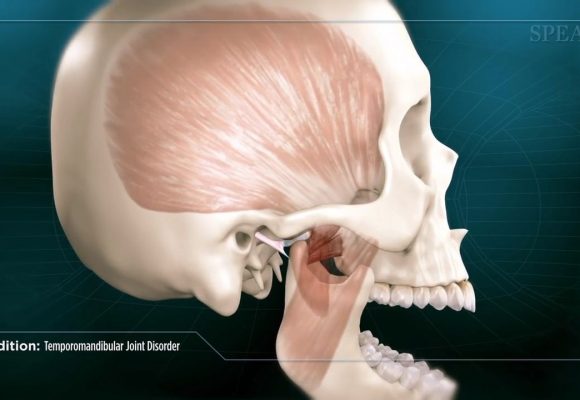Occlusion is the term used when discussing your bite and how your teeth come together and move side to side in your mouth. Healthy occlusion, or a healthy bite, can be affected by multiple factors that your doctor will evaluate during the course of your exam. Bite alignment is established by many variables- including shape and alignment of the teeth, jaw structure and location, and the function of the muscles all working together in harmony.
In a healthy bite, when biting together completely, the ball (of the ball and socket, also known as the TMJ or temporomandibular joint), should be centered in the socket on both sides. Your molars should fit together much like pieces to a puzzle and all touch evenly and simultaneously. They should touch slightly harder than your front teeth. Your upper front teeth should come down so that the lower front teeth sit comfortably behind them with minimal contact occurring. Just like the front teeth, your upper molars align slightly outside of your lower ones, so that the cusps on the lower teeth contact inside the ridge of the upper teeth.
If any aspect of this complex system does not come together properly, it can result in tooth pain, muscle pain, joint pain, headaches, and difficulty with basic chewing and speaking functions. Your doctor is the best resource to help you understand the unique characteristics of your bite alignment and how it could potentially be improved.
Copyright © 2018 Spear Education. All rights reserved.
Related Articles

Anterior Open Bite
An anterior open bite is a condition where a patient’s top and bottom front teeth…
Read more
Temporomandibular Joint Disorder
Temporomandibular Joint Disorder, or TMD for short, is a condition involving the joints, muscles, nerves…
Read more
Malocclusion (Class III)
Occlusion is a term dentists use to describe how teeth come together. When a patient…
Read more